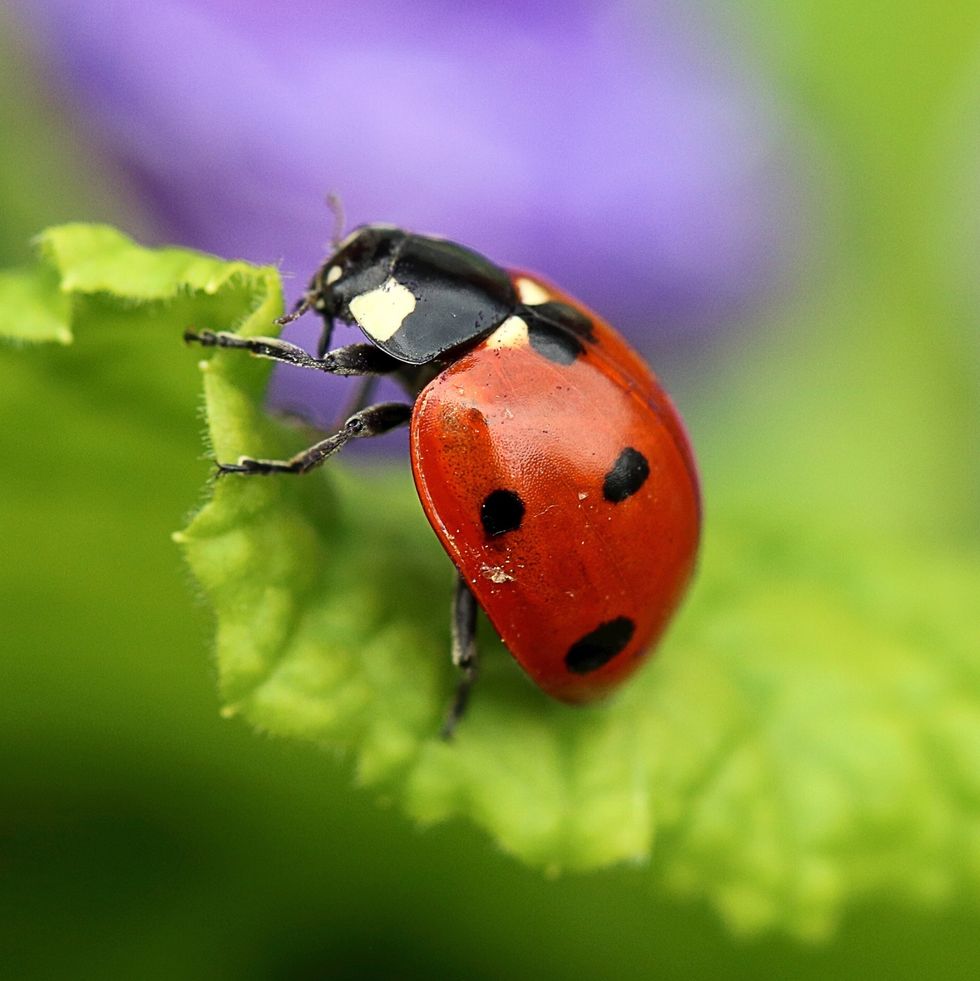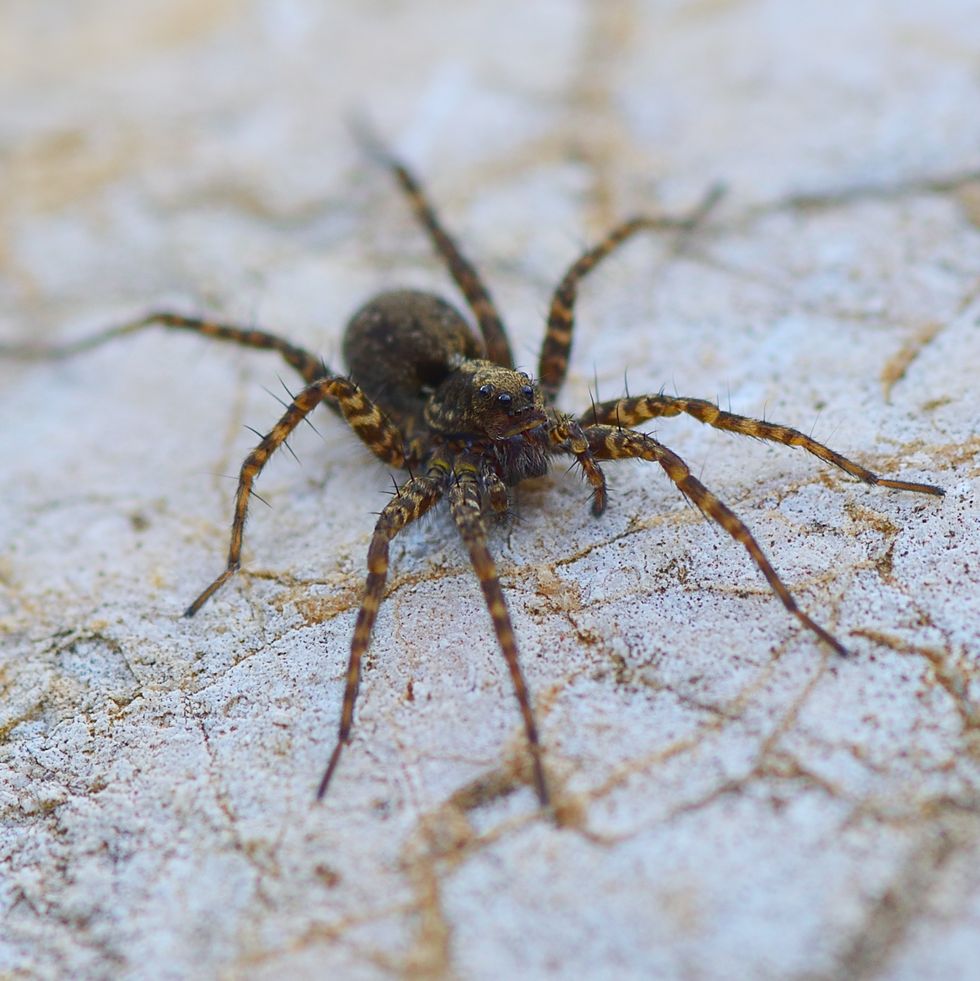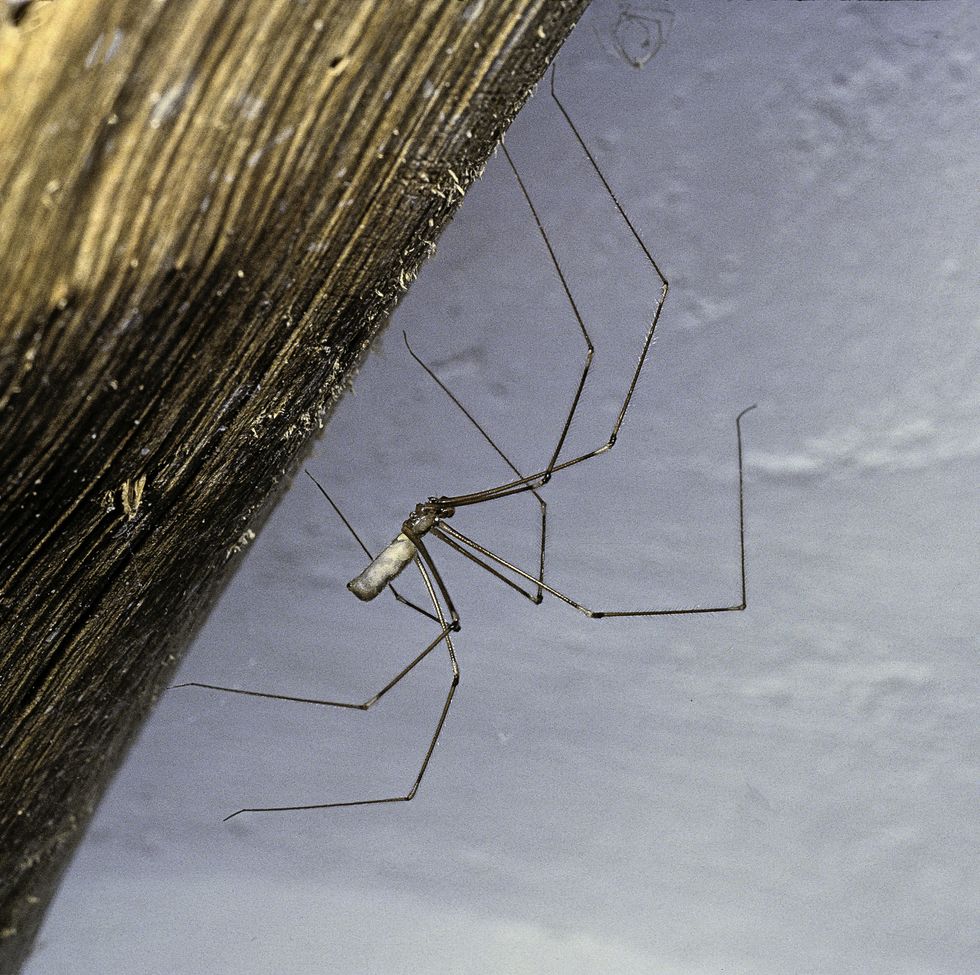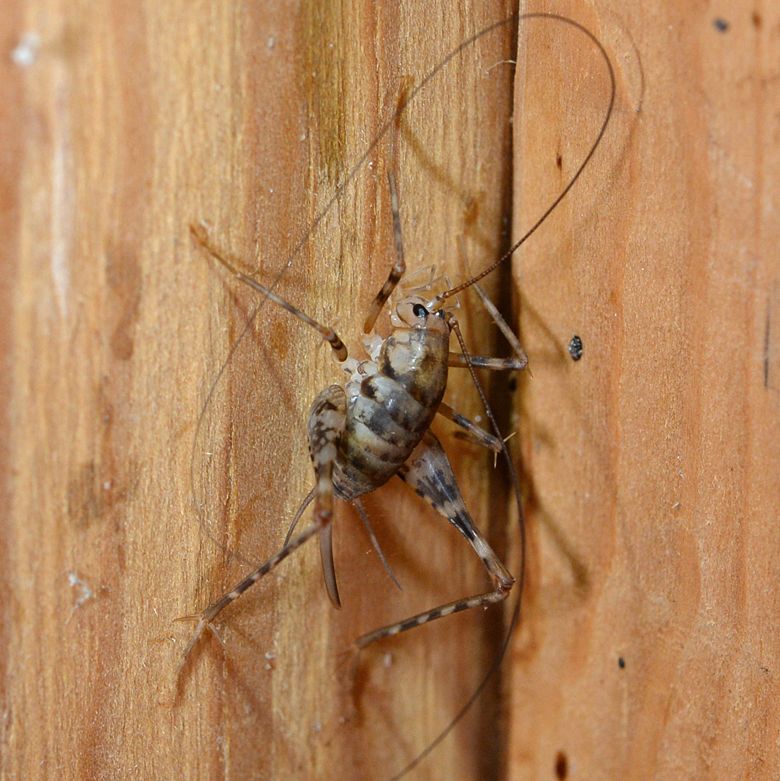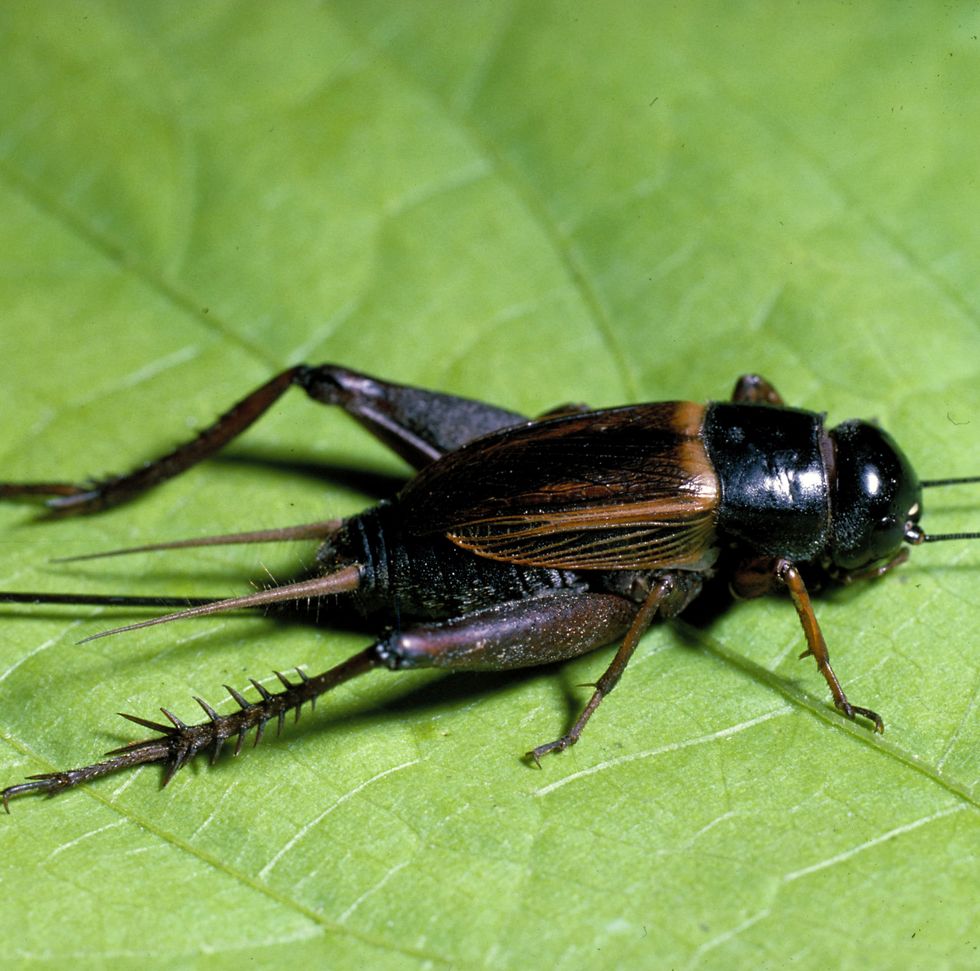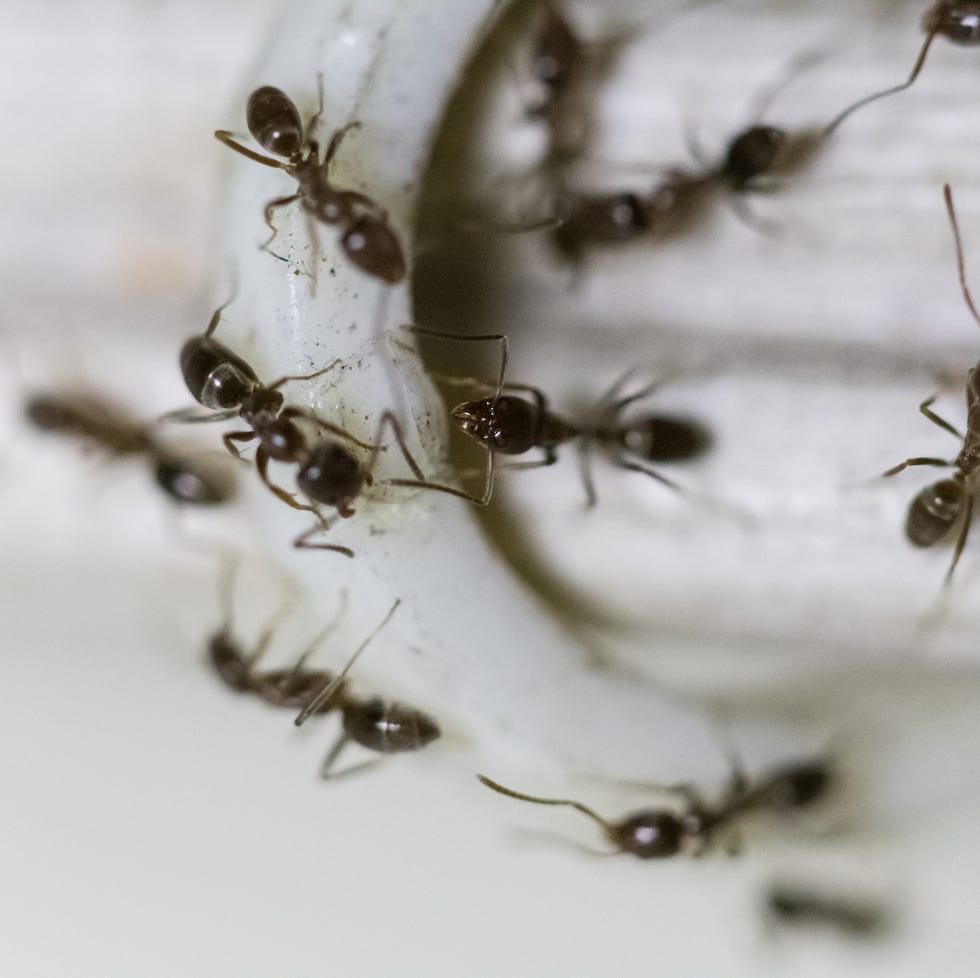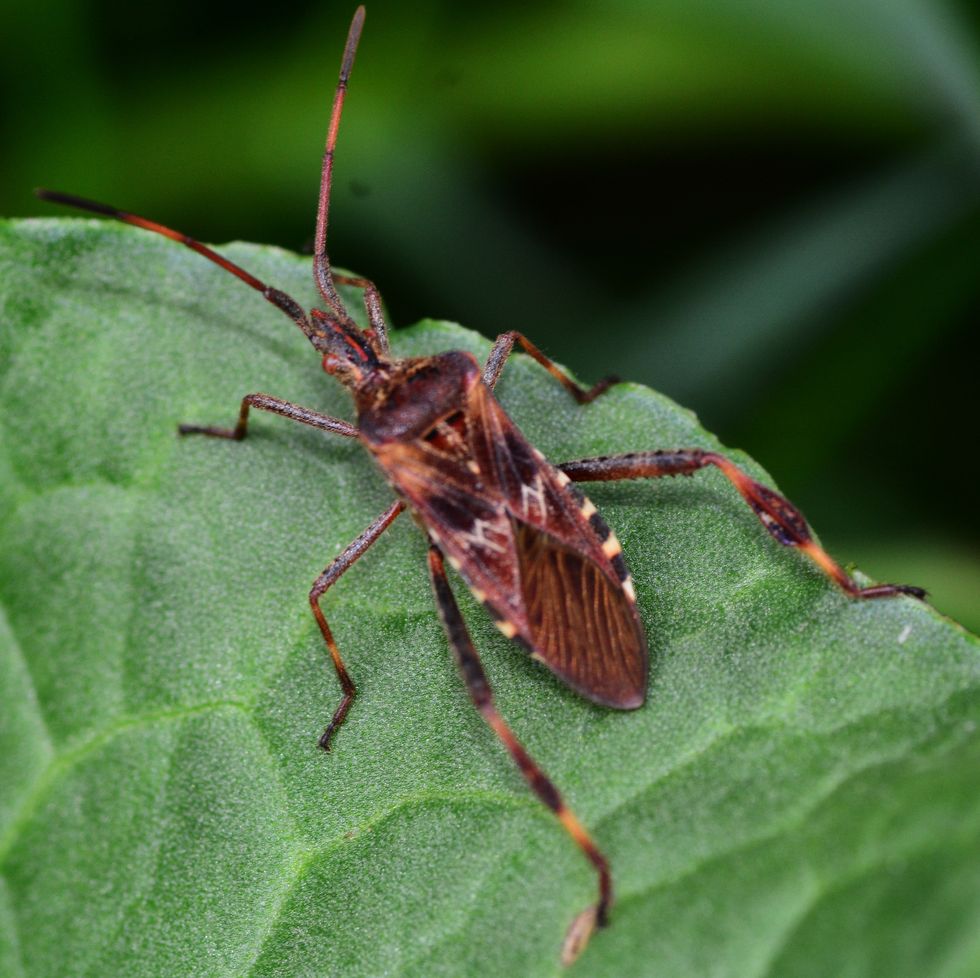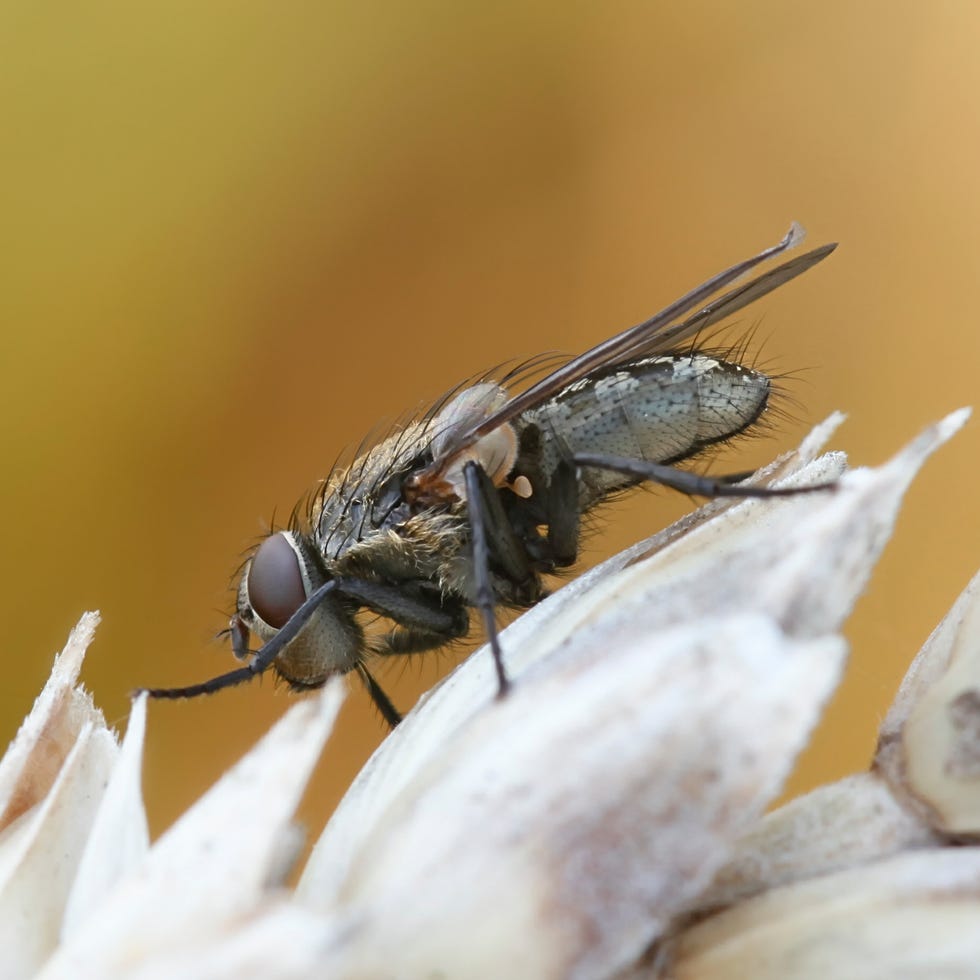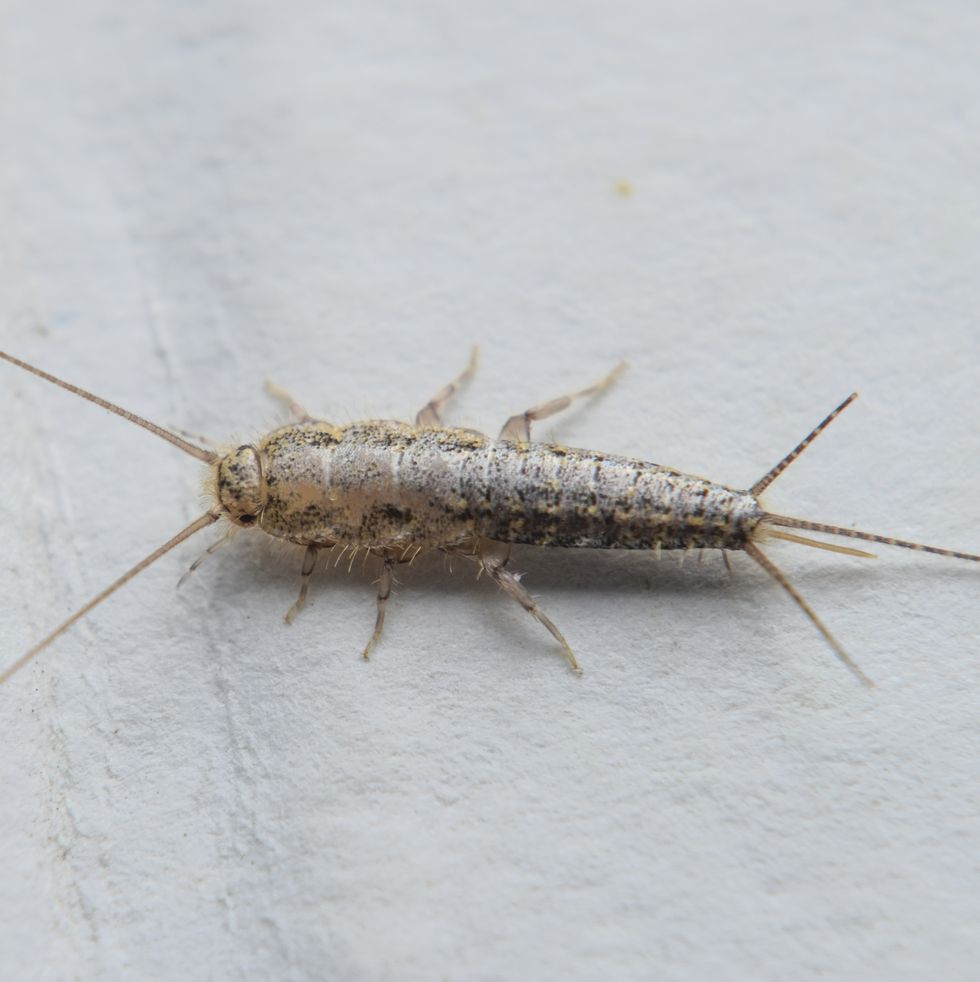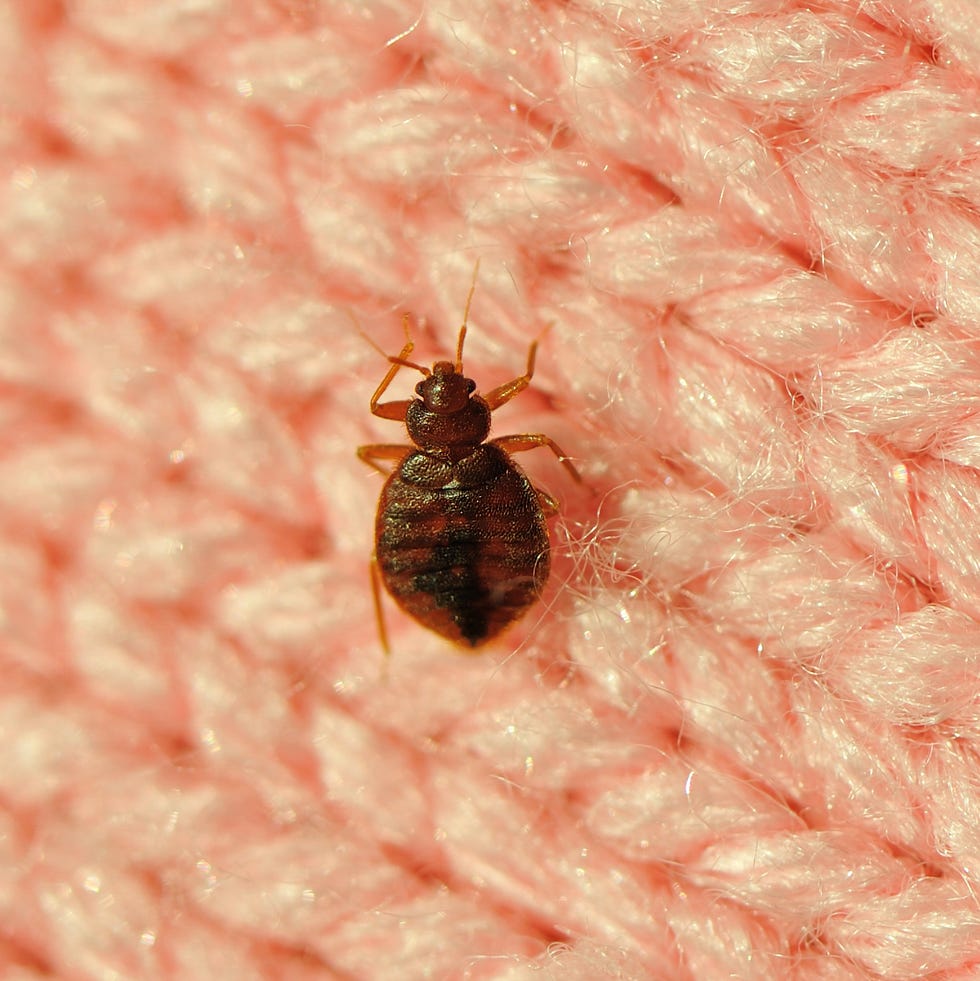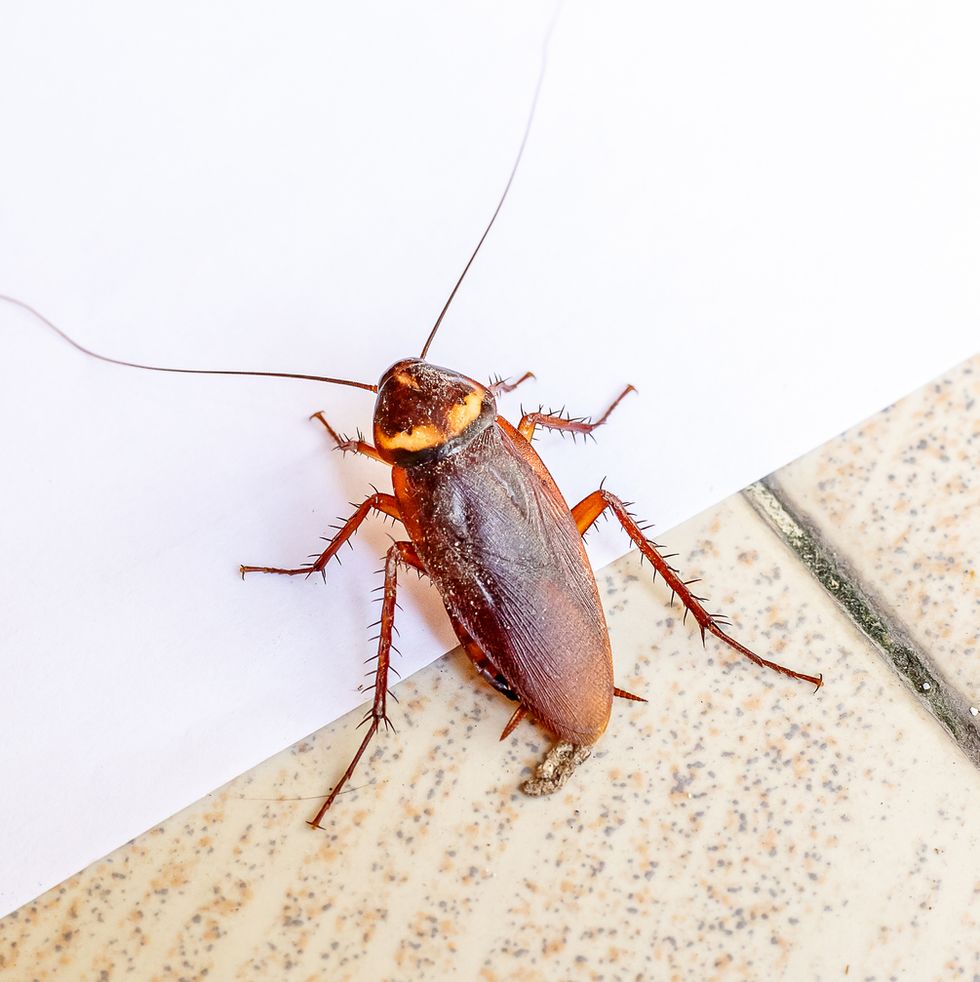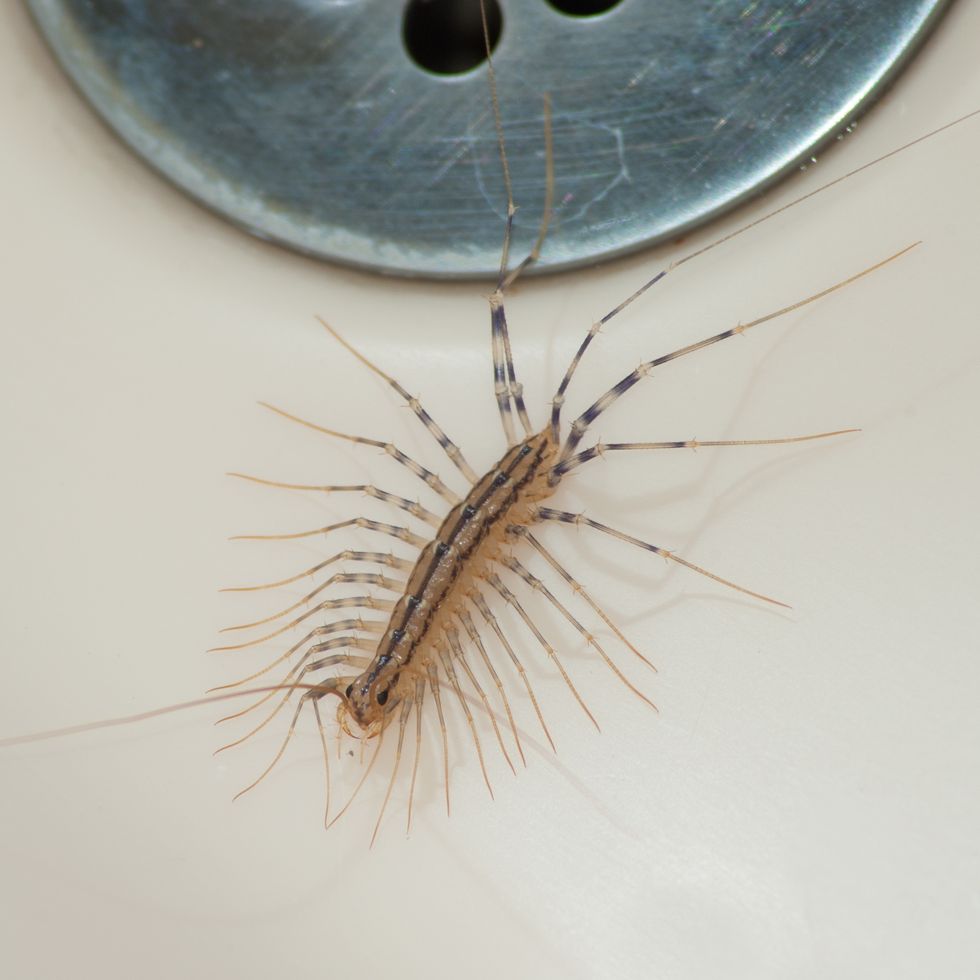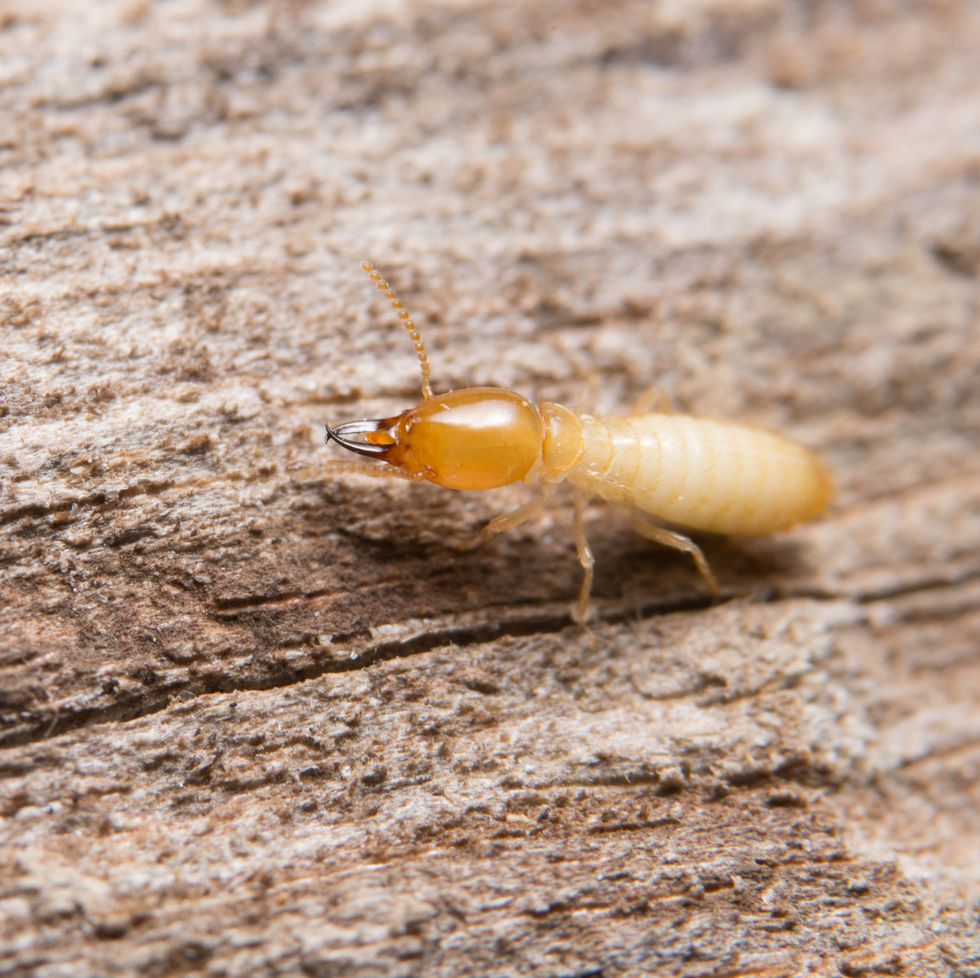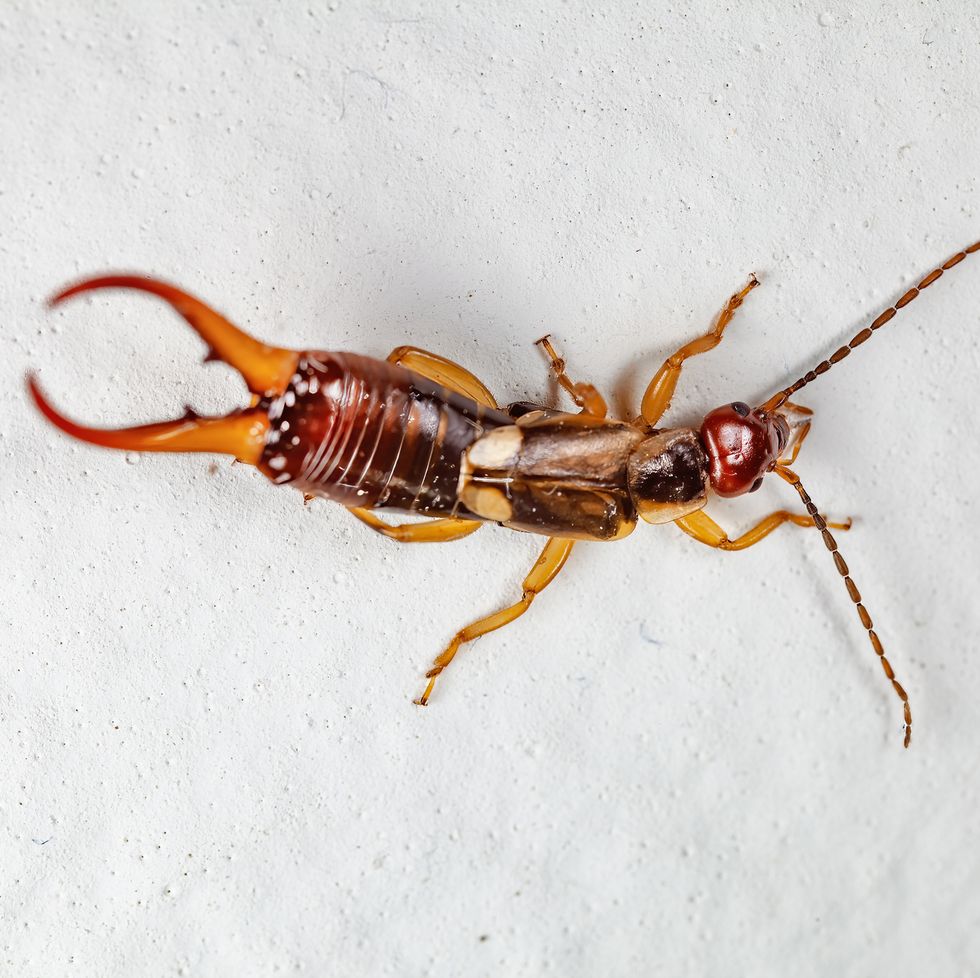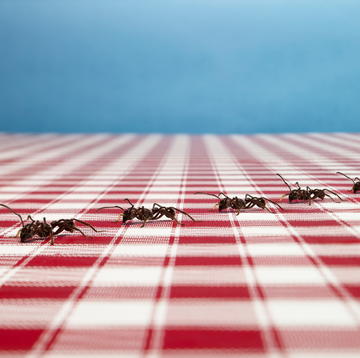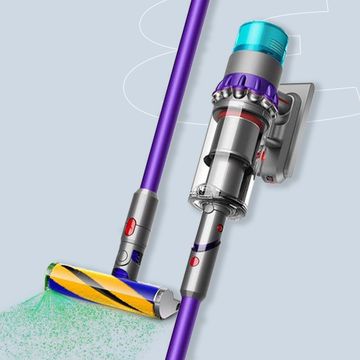18 Common House Bugs and How to Identify Them, According to Insect Experts
From freaky spiders to smelly stink bugs, here are the pests you’ll find lurking indoors.
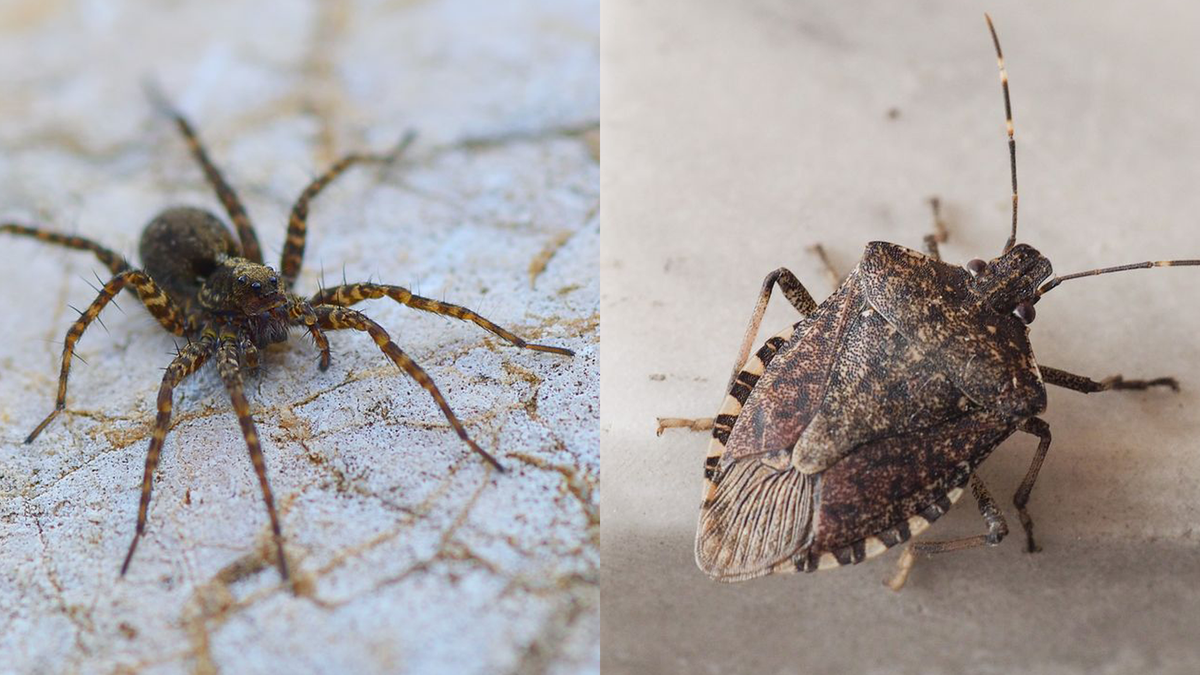
We can all agree that bugs belong outside—but they somehow always make their way into an indoor crack or crevice you weren’t expecting. And when they do, spotting one in your home is not fun, to say the least, no matter how big or small the critter is. The good news is that most common house bugs won’t harm you. In fact, they’re likely more afraid of you than you are of them. Still, it’s nice to know what they are and what their intentions could be during their stay in your humble abode.
You may notice more insects lurking about during a major season change, after a heavy rain sets in, or if you have food hanging around—and while most common house bugs won’t harm you, some will bite if they feel threatened, and it’s important to know how to ID the bug who did the biting.
So, we turned to several entomologists and pest control experts to help us round up a list of creepy crawlers you can find living in—or passing through—your home. From invasive species like stink bugs to weird-looking wolf spiders to brightly-colored beetles, here are the most common house bugs to know, how to identify them, and whether or not you should worry if you spot one.
Just remember that we share this Earth with all kinds of creatures, and they just happen to be the (mostly harmless) ones that give us the heebie jeebies. They can’t help it!
Emily Shiffer has worked as a writer for over 10 years, covering everything from health and wellness to entertainment and celebrities. She previously was on staff at SUCCESS, Men's Health, and Prevention magazines. Her freelance writing has been featured in Women's Health, Runner's World, PEOPLE, and more. Emily is a graduate of Northwestern University, where she majored in magazine journalism at the Medill School of Journalism and minored in musicology. Currently residing in Charleston, South Carolina, Emily enjoys instructing barre, surfing, and long walks on the beach with her miniature Dachshund, Gertrude.
Madeleine, Prevention’s assistant editor, has a history with health writing from her experience as an editorial assistant at WebMD, and from her personal research at university. She graduated from the University of Michigan with a degree in biopsychology, cognition, and neuroscience—and she helps strategize for success across Prevention’s social media platforms.
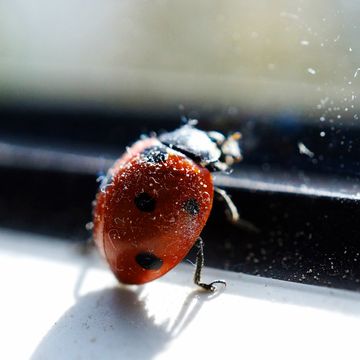
How to Get Rid of Ladybugs in Your House

A New AI Has Supposedly Achieved Sentience

Is That a Cockroach or Water Bug in Your Home?

60 Best Father’s Day Gifts to Buy on Amazon
